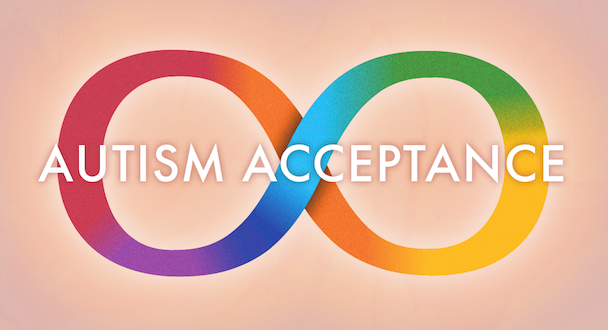Anthony LaMantia, professor and director of the Center for Neurobiology Research at the Fralin Biomedical Research Institute at VTC, was awarded a grant from the National Institutes of Health to study a potential therapy for DiGeorge syndrome. The genetic disorder, which may cause autism and schizophrenia, among other impacts, develops before it can be recognized and currently has no treatments. Clayton Metz/Virginia Tech
The human brain begins to assemble itself shortly after conception as many brain cells connect to create circuits across the brain.
Genes provide the blueprint for construction, but occasionally the blueprint is incomplete, connections aren’t made, and circuits fail — sometimes long before the problem can be recognized, let alone fixed.
That’s the case with DiGeorge syndrome, also called 22q11.2 deletion syndrome, a genetic disorder affecting about one in 3,000 babies. It begins with deleting one of two copies of a small number of genes on human chromosome 22, whose cascading effects include cardiovascular problems, craniofacial developmental issues, and, as children grow older, autism spectrum disorder and schizophrenia. When those symptoms are recognized, it’s long past the opportunity for medical intervention.
But now Anthony-Samuel LaMantia, a professor at the Fralin Biomedical Research Institute at VTC, has identified a key factor in that chain of events that reflects a fundamental aspect of the initial mistake in the genetic blueprint in individuals with DiGeorge syndrome — and a narrow period in that timeline where help might be possible.
LaMantia, director of the institute’s Center for Neurobiology Research and a faculty member in the College of Science, will study the possibility of exploiting that window of opportunity with a five-year, $3.4 million grant by the Eunice Kennedy Shriver National Institute of Child Health and Human Development, part of the National Institutes of Health.
LaMantia’s research holds the potential for informing new treatment strategies where none currently exists for autism and schizophrenia associated with DiGeorge syndrome. DiGeorge syndrome remains one of the common few genetic syndromes that is associated with a high risk for developing autism and schizophrenia later in life. In addition, understanding the underlying disruption of brain development due to DiGeorge syndrome provides an opportunity to identify how these disorders might arise due to incomplete genetic instructions for building a brain.
LaMantia’s lab, one of a handful in the world working on this problem, has studied DiGeorge syndrome for more than two decades. The lab dives deep into how the brain’s circuits are constructed to develop a precise understanding of the syndrome’s causes.
“I think 20 years of research has provided a foundation for thinking about this disease differently in the clinic,” LaMantia said. “It’s a neurodevelopmental disorder and it’s disrupting very specific, identifiable steps in development of the brain. And we’re really trying to now look at one of the last steps of brain development that we think is the most likely to be accessible to making adjustments without damaging other things.”
LaMantia believes the mitochondria — the power plants of cells — are central to disrupting brain development in DiGeorge syndrome.
In a typically developing brain, the mitochondria in neurons in the cerebral cortex have enough energy to create long-distance connections to other parts of the brain and turn the circuits on and off to ensure everything is working properly.
In DiGeorge syndrome, the mitochondria are oxygen-starved and lack the energy to make necessary connections. The reason for this disruption can be traced to several genes in the region of chromosome 22, which is deleted in DiGeorge syndrome. The imbalance of having only half of the required amount of these genes, the proteins they encode, and the support for mitochondria they provide, underlies a failure to make sufficient numbers of connections during brain development, and a dysfunctional system.
While many of the syndrome’s impacts occur before birth, or before the disease can be diagnosed, the mitochondrial deficit that disrupts making these final connections occurs late enough in brain development to allow for intervention.



